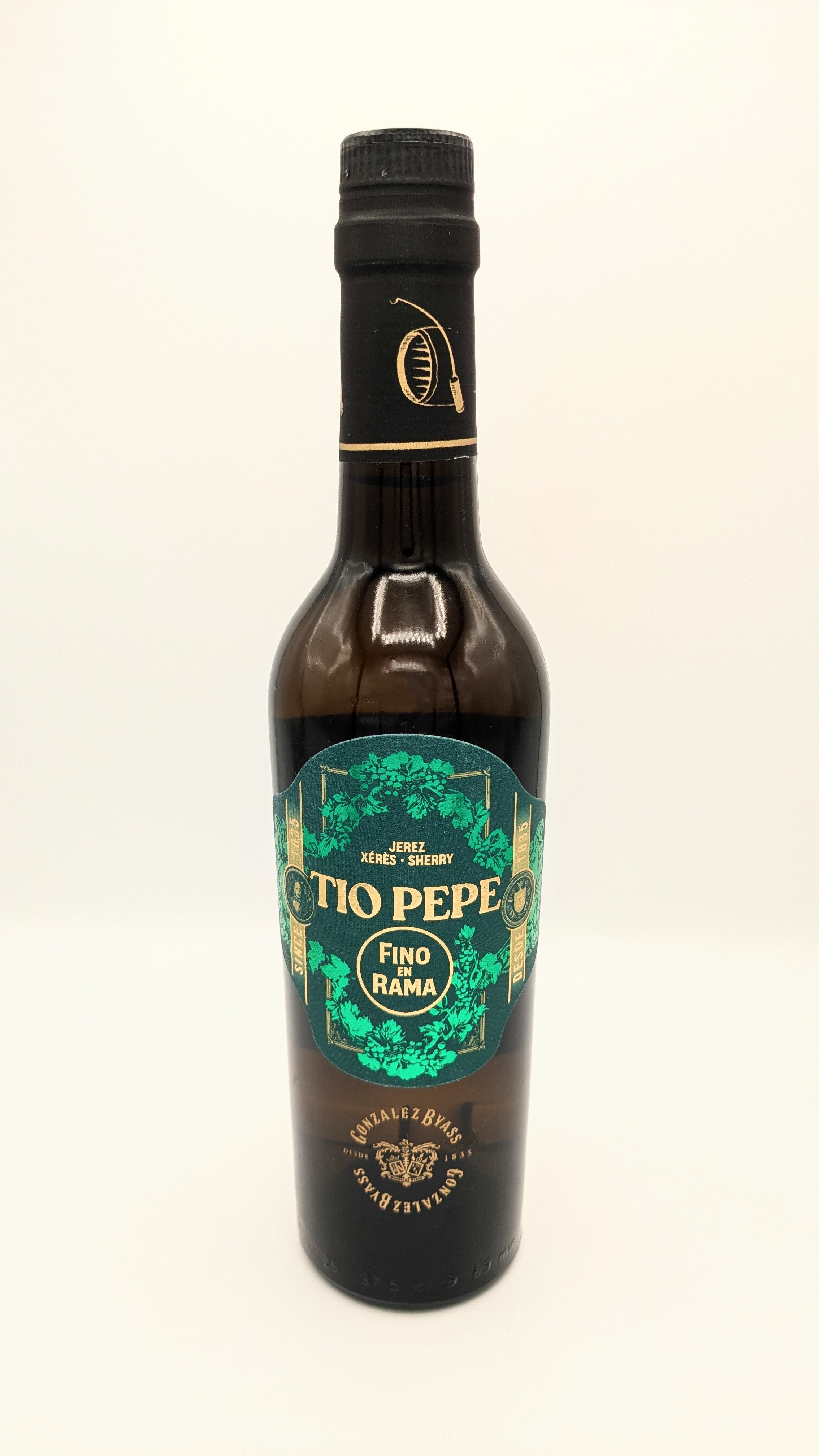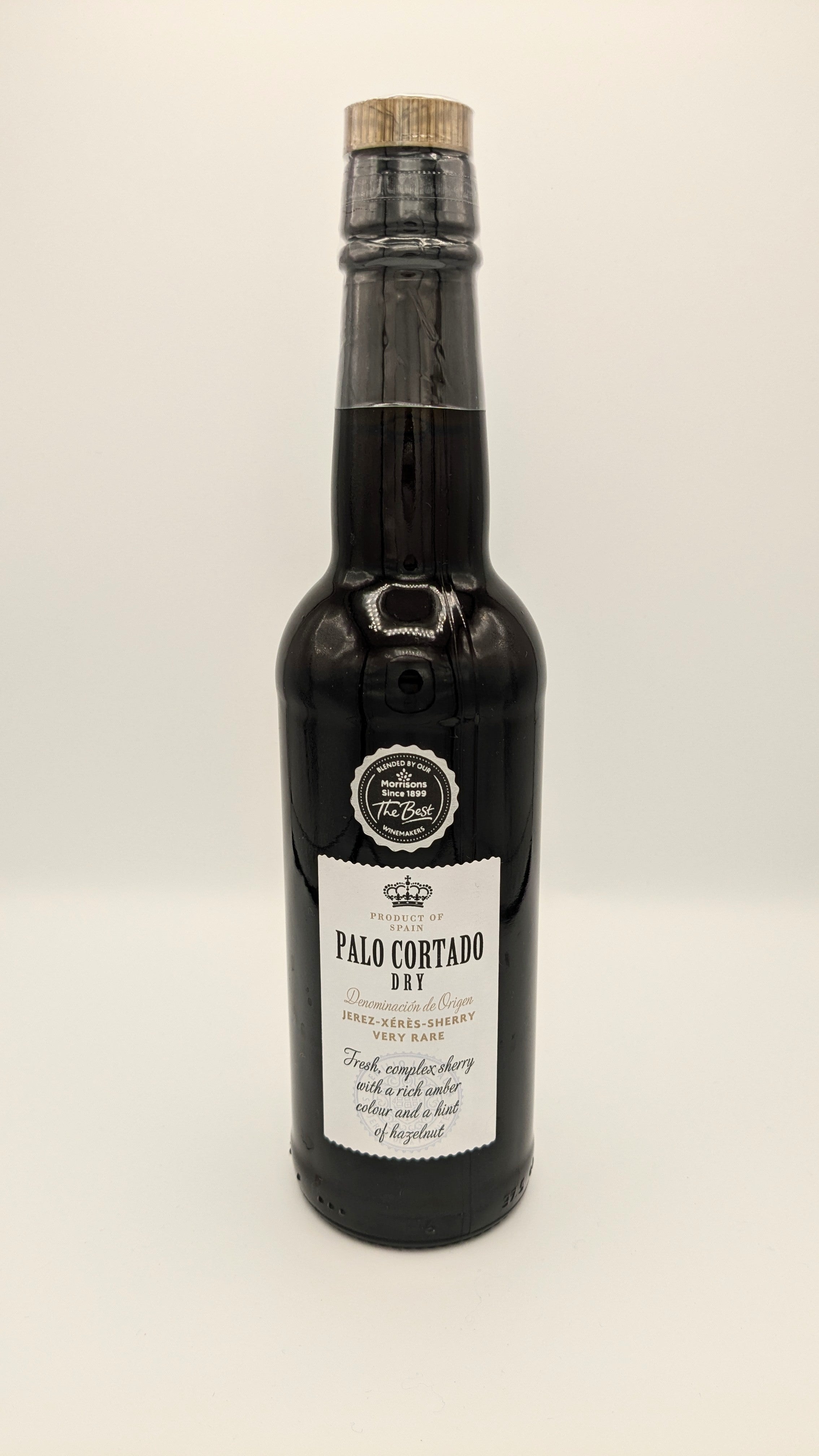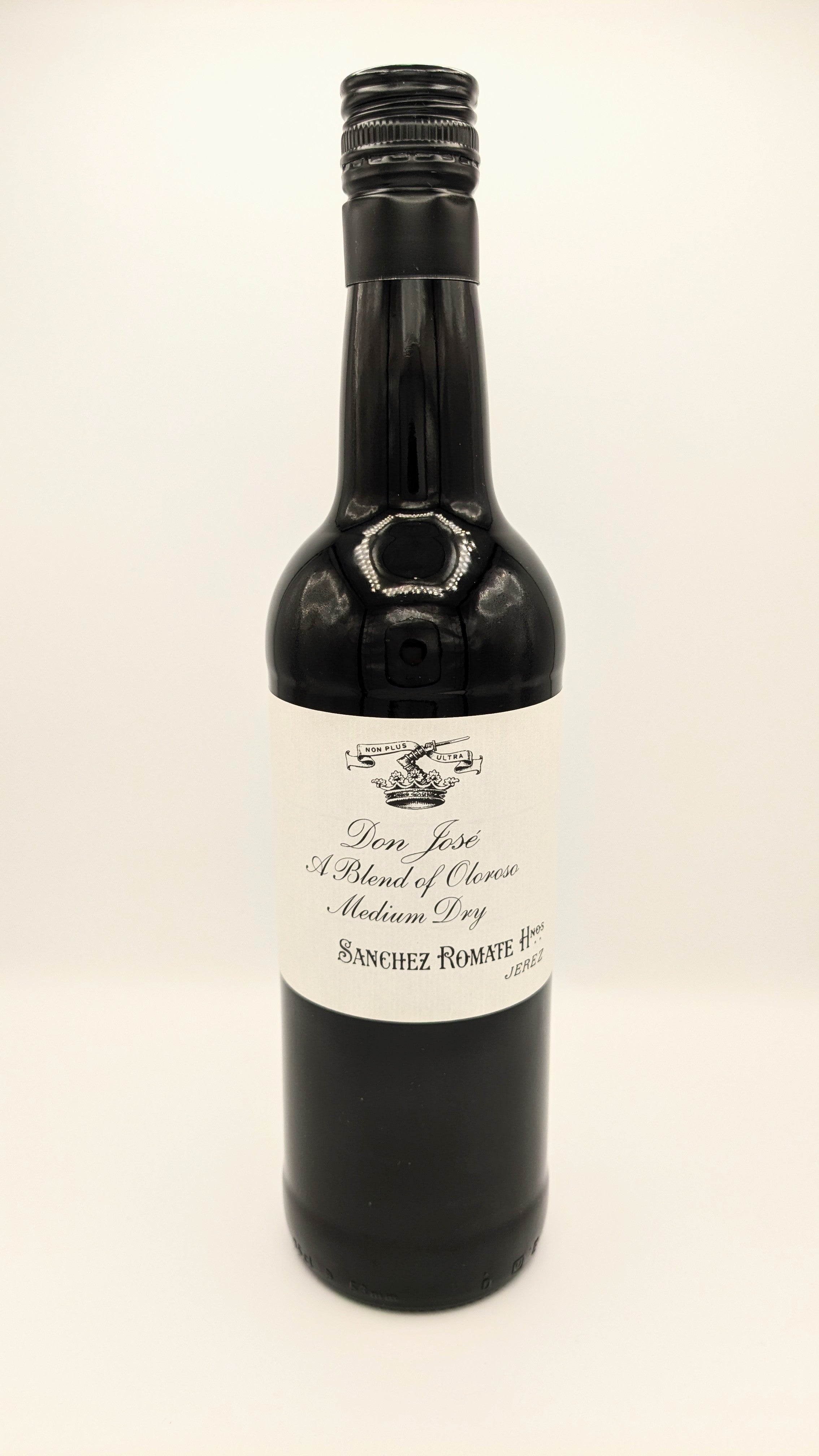ARTICLE AD BOX
I imagine there might be a few sleepy souls in the town of Jerez de la Frontera, southern Spain today. This past week was the Feria del Caballo, an annual horse fair that takes place in this Andalucian outpost. But what have horses got to do with wine? Well, Jerez is also at the heart of Spain’s sherry production in the region of Jerez-Xérès-Sherry DO – an area that includes Jerez de la Frontera, El Puerto de Santa María, and Sanlúcar de Barrameda. So while the town goes horse crazy, it is also, from what I can determine, a great excuse to meet with friends, eat good food, dance, and of course… drink a lot of sherry.
I first visited this vibrant town several years ago when I’d just started studying and working in wine. My knowledge of sherry at that point didn’t really extend beyond seeing bottles of Harvey’s Bristol Cream on my nan’s dresser in her kitchen. But a bargain Ryanair flight and a cheap hotel room changed everything.
We wine people have a tendency to wang out about sherry quite a bit, and how it deserves to be more popular. In fact, I wonder if the first documented evidence of sherry being made “cool again” was Falstaff’s speech in Shakespeare’s Henry IV, Part 2. Depending on when exactly we agree it was written, that’s about 420 years ago. Yes, there was a spike in sales in the UK during the 1960s and 70s, but unfortunately, sherry’s been in steady decline since 1979. And it really doesn’t deserve to be the case. It is one of the most versatile, food-friendly, and joyous wines available, and is very “cost of living pricing” friendly in these tight times!
Sherry’s a fortified wine made predominantly out of the white palomino grape, though pedro ximénez and moscatel are used in sweeter sherries. And this is a key point, not all sherries are sweet. But what makes sherry really special is its unique ageing process. Fresh and dry styles such as fino or manzanilla’ are aged under flor, Spanish for flower. This protective layer of indigenous yeast forms on the surface of the wine and consumes all oxygen, imparting a glorious and distinct savoury, nutty character. It retains total freshness and pale colour and is lower in alcohol (normally around 15 per cent).
And then there are those wines which have been fortified to a higher alcohol content such as oloroso, which are aged oxidatively, without flor. As a result of the wine’s contact with oxygen, you’ll find a wine with richer textures, and flavours of nuts and dried fruit.
And finally, there are wines that don’t slot neatly into categories like amontillado and palo cortado. Amontillados start their journey under flor, but it’s intentionally killed to undergo some oxidative ageing. And then there’s sherry's elusive family member, the enigma in the gang – palo cortado. A rare style of wine that starts life as a fino, but for unknown reasons, the flor fails, leading to oxidative ageing that combines the aromatic finesse of an amontillado with the body of an oloroso.
I appreciate it can all seem a bit dizzying to know where to start. And honestly, I was so overwhelmed when I was visiting the bodegas of Jerez all those years ago. But there was one drink that flicked the switch: rebujito, or, at its most basic level, fino and Sprite or 7UP. This was served everywhere and at all times of the day. It’s surely the only reason people can stay up dancing until the early hours of the morning: no one sees dawn by necking glasses of 17 per cent wine.
So, if you’ve never tried sherry and don’t want to go all in, I’m going to suggest you start exactly where I did, with this outstanding drink that is perfect for summer. And the best bits is there’s an open bottle of fino in your fridge door, which you’re destined to fall in love with.
Rebujito
This can be scaled up to make jug-fulls for a summer party.
The method’s simple: ice in the glass, pour over the fino and Sprite, add the mint, stir and serve – dancing until dawn is optional.
And if you want to try some straight, here are some further recommendations to get you started:
Tio Pepe Fino Sherry
Available from Sainsbury’s, £13.50, 15 per cent ABV
.jpeg)
This global bestselling fino from one of the most famous sherry houses in the world deserves to have a spot in your fridge door at all times. It’s gloriously refreshing and bone dry, with aromas of tart cooking apples, salted almonds and waves of salty ocean freshness.
Tio Pepe Fino En Rama Saca 2025
Available nationwide including The Oxford Wine Company, £18.90, 15 per cent ABV

This is sherry for a purist, as en rama, translated as “raw” is unfined, unfiltered and unapologetically delicious. The wine is bottled directly from the barrel, so none of the texture and character is lost. Expect aromas and flavours of bruised apples, freshly cut grass, toasted almonds, lemon-salted rims, and chamomile flowers. It’s deeply expressive and so unique. Serve chilled with salted almonds and slices of manchego.
Morrison’s ‘The Best’ Palo Cortado
Available from Morrison’s, £7.25, 19 per cent ABV

Sitting comfortably in its own hybrid world, it has a gorgeous rich molten caramel nose, a crunch of toffee apple and roasted hazelnuts with a candied orange peel and citrus zest freshness.
Romate Don José A Selection of Oloroso Medium Dry
Available from The Wine Society, £10.95, 17.5 per cent ABV

If there’s a better value wine available in the world, then send it to me, because this will be hard to beat. I’d serve this chilled, savouring the notes of roasted coffee, intense cocoa, roasted hazelnuts, cinnamon, nutmeg and raisins too. There’s a supporting act of sweetness, but the main show is definitely dry.









 English (US) ·
English (US) ·